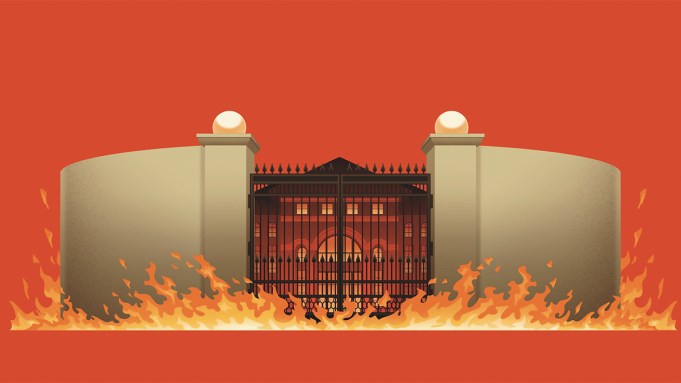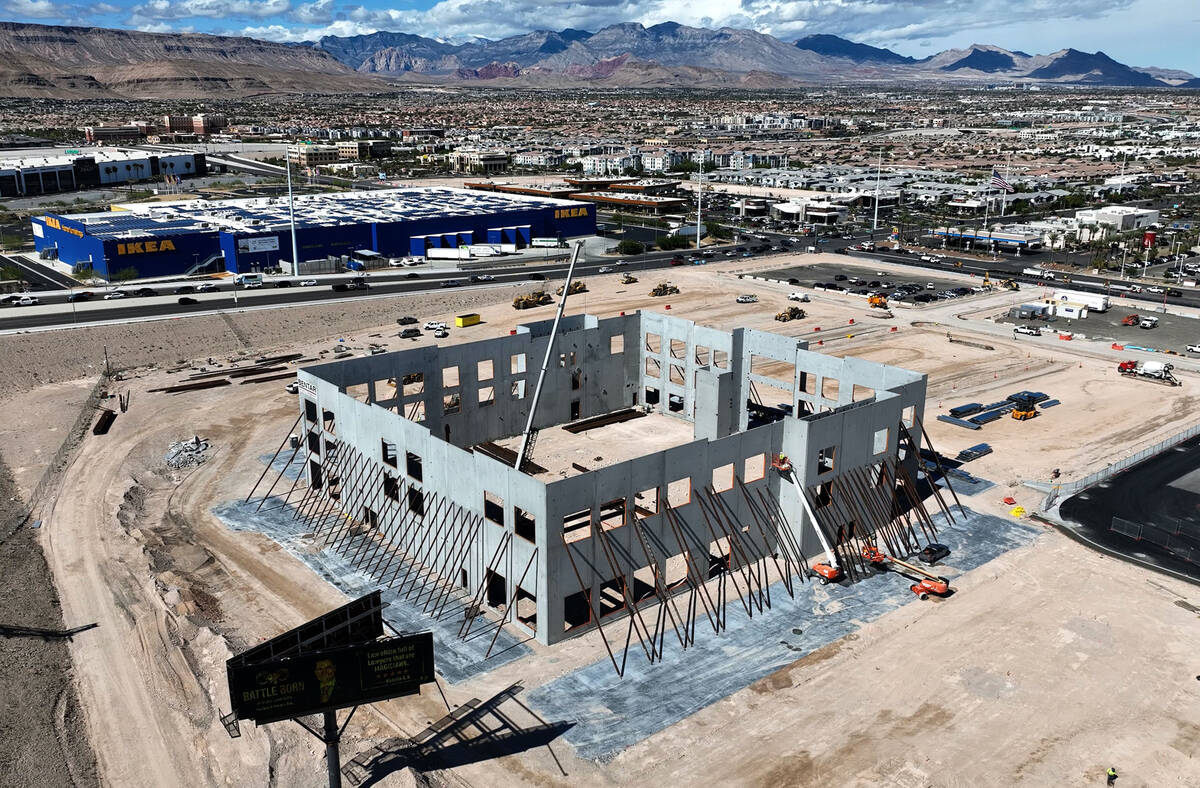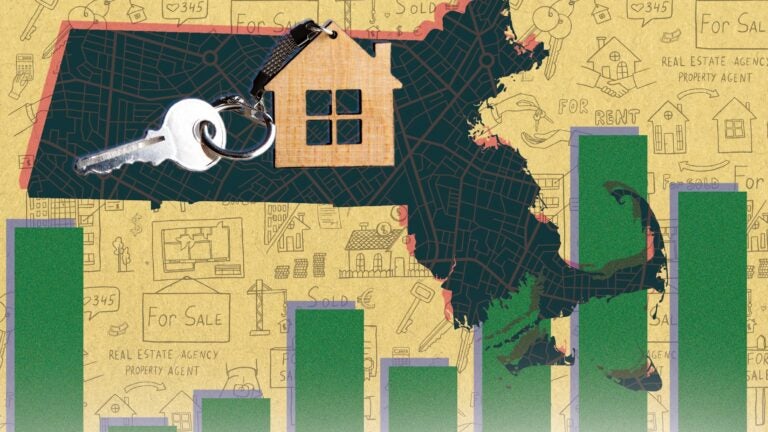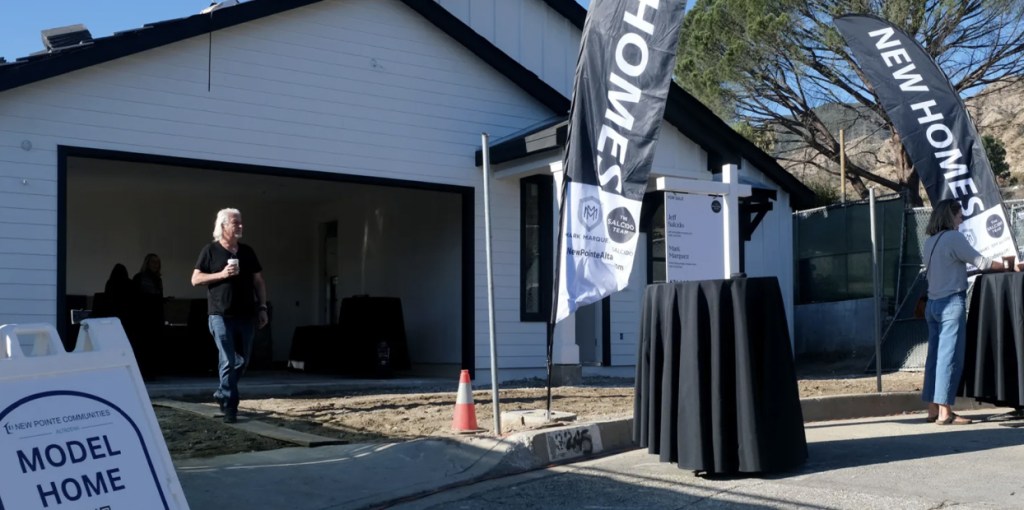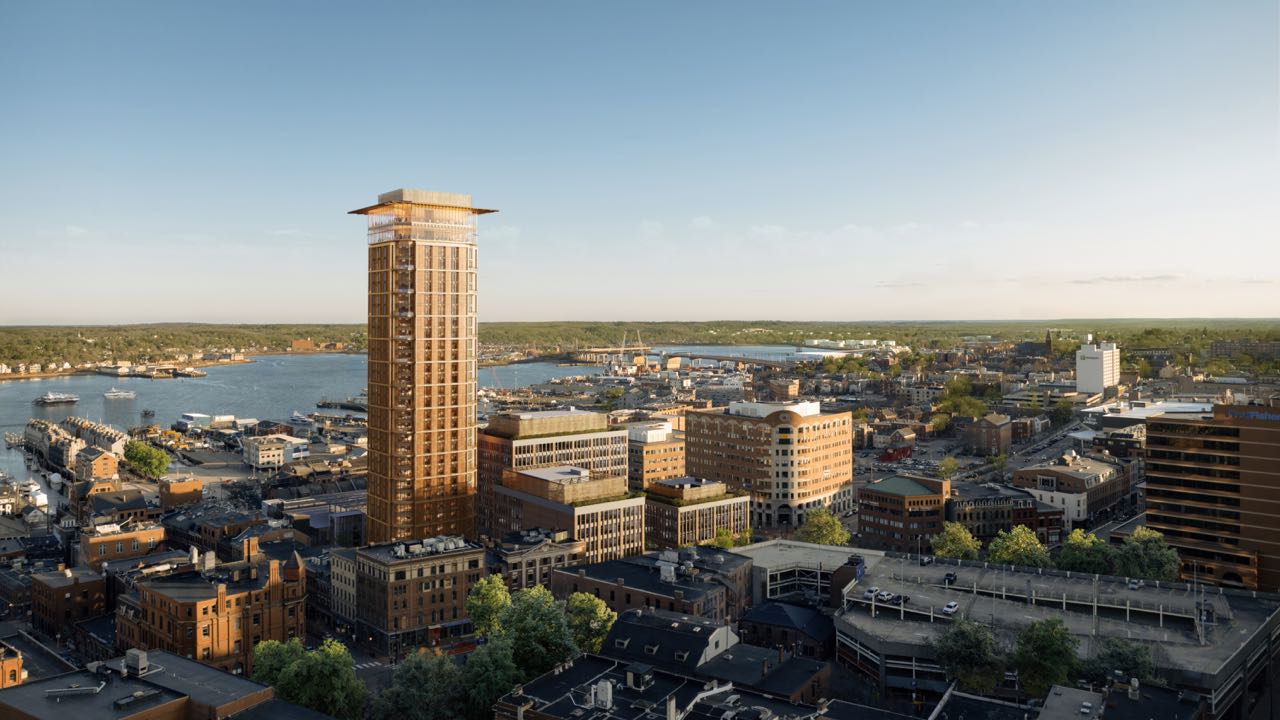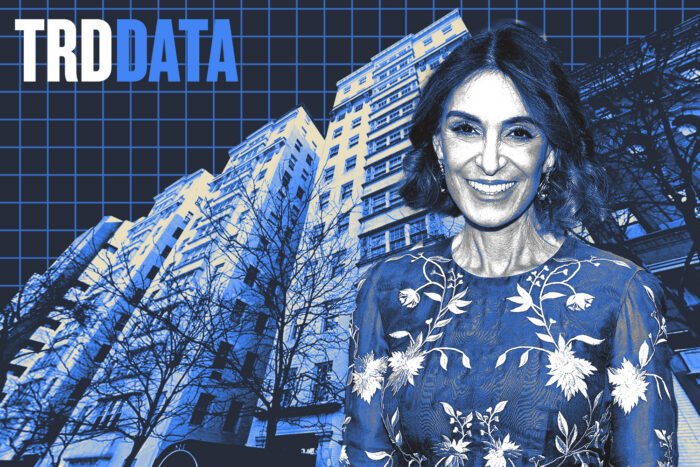T
he luxury real-estate market is undergoing a significant transformation as climate change and extreme weather events alter buyer preferences, investment strategies, and property values. In 2024, the US experienced a record-breaking $128.2 billion in total damage from weather disasters, according to the National Centers for Environmental Information.
In Los Angeles, where wildfires have ravaged exclusive neighborhoods like Pacific Palisades and Altadena, homeowners and developers are rethinking their approach to luxury living. They're prioritizing fire-resistant materials, smart-home technologies, and defensible landscaping to mitigate risks. A Realtor.com report highlights the scale of the crisis: nearly 45% of US homes, worth approximately $22 trillion in real estate, are at risk of severe damage from environmental hazards.
In California's fire-prone regions, new regulations require homeowners to create a "defensible space" around their properties by clearing flammable vegetation and materials. Developers in flood-prone areas are investing in elevated foundations and storm-resistant materials to minimize risks. Meanwhile, Florida's luxury market has faced its own challenges, with hurricanes devastating coastal communities and prompting discussions about the viability of ocean- and gulf-front properties.
As climate change continues to reshape desirable real estate, buyers face a stark choice: invest in a climate-resilient property or risk financial losses due to environmental hazards. The market is being reshaped by nature itself, forcing luxury homeowners and developers to adapt to a new reality.
